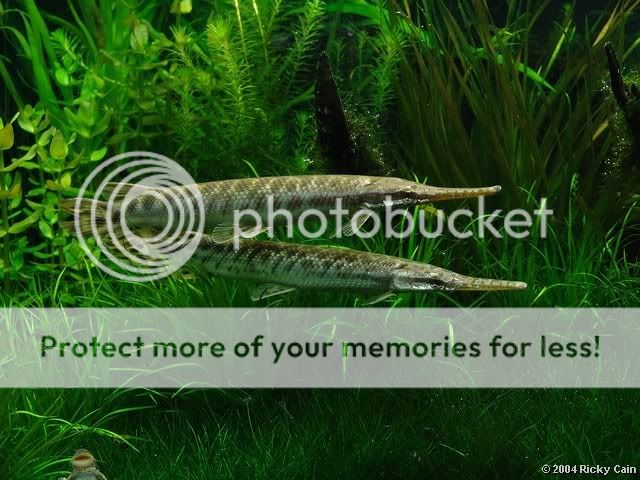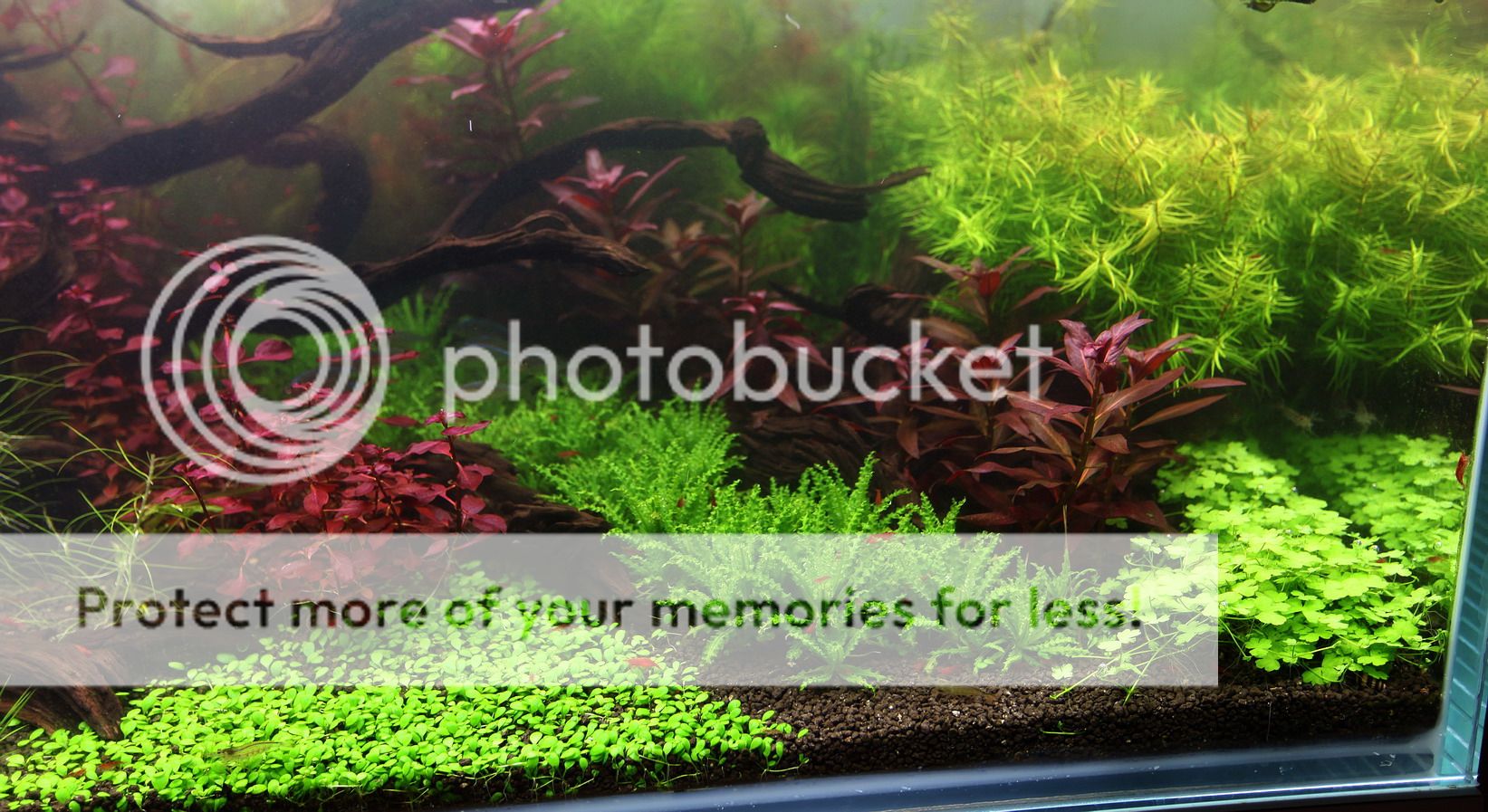Nothing wrong with being a farmer, you may need to know what optimal growth is and is not.... to make the comparison after all...
What some folks are seeking, I think that is what he is trying to say, is that we can better manage the routines by limiting nutrients, but not "too much".
What is too much? I'm not sure but I do know if you ask 5 planted tank folks, you'd get 5 different responses...........
I see things very differently having gone down that road decades ago, as well as discussing things with folks smarter than Edward or I about those concepts. I have no issue giving credit where it is due. Today I am one of the few left on the web from that time period that still post.
I know that light is the driving factor in management of growth, why walk such a careful edge adding just barely enough nutrients to keep things going???
Some species may suffer. CO2 will be easier to manage with less light as well and the O2 level will be more stable too.
And it cost you
a lot less money for less light, less electric cost, better coloration to your eyes fish are better colored and not as washed out.
Algae, no matter what causes, are less intense with less light.
That would suggest that light, not CO2 nor nutrients would be a far better modulator of managing growth and aesthetics there, than nutrients or CO2, and unlike nutrients/CO2, lowering light makes the management of lower CO2/lower nutrients far more easy/robust.
So rather than railing against PPS as method, I just showed you how to get even more out of it.
The same was true for PMDD of which the List of Levels and Parameters came from and eventually morphed into EI due to people's lazyiness with testing and test kit errors/lack of calibration.
Less light is great.
Why not minimize that rather than nutrients to maintain good plant health?
PPS started out as a method to dose without water changes and included a lot of testing, most saw it as very complicated. I looked at what folks where doing and many had BBA issues, they focused a lot of effort on nutrients/testing, and almost ignored the CO2 issue.
Now lighting is being added over a range(something that was missing with PPS's 1st incarnation- folks did this many years ago as well), CO2 is being reduced to 15ppm, Amano style dosing is being used to further lower nutrients down(many folks are not interested in daily dosing, I leave for the weekend etc).
That's fine.
It'll work, but so will PMDD and limiting PO4, something clearly done 12 years ago. 15ppm CO2, limiting PO4(0.2ppm or less), keep NO3 around 3-5 ppm etc, 0.1ppm of Fe residual etc. So theyb are trying to limit Fe, NO3 and PO4 at low levels.
That's very old hat.
See here if you have doubts:
http://www.thekrib.com/Plants/Fertilizer/sears-conlin.html
It's all right there, 1996, and was worked out a year or two before that.
The point is healthy plants with a minimum of effort.
Well then Diana Walstad's book is for you!
It details out a non CO2 approach.
That goal is best achieved with that method, not PPS, not EI, not ADA etc, and I dare anyone to suggest a plausible argument otherwise.
No dosing at all(once a week if you chose), just feed fish.
Plant growth is slow, water changes only once every 3-9 months, sometimes less. Very little trimming, no costly CO2 gas systems that make unnatural CO2 levels in the tank, growth is still good and nice, just slow.
No risk of ever killing any fish with CO2, something plenty of folks have done.
I have not after all this either, yet.........
The arguments for the Non CO2 as far as routine for little work cannot be beaten nor is anything PPS related going to unsurp that.
That method has been around since the start of the planted tanks with the Dutch in post WWII, about 1940's or so we started seeing nice pictures of fully planted tanks and competitions there. Diana Walstad gave the method a lot of support and revitalized it perhaps single handedly in the 1990's.
I have no conention with her method either, just a few of the reasons why and synthesis issues, for the most part, that is the best book for a hobbyists out there.
I took the non CO2 method and used an inert substrate and dosed the water column and gave routines and methods for that, they predate PPS/the APC etc and they add "just enough" which is very easy to target without water changes and test kits because the growth rate and demand is so low.
The ratios of ferts are added based on an assumed max growth rate with and without CO2. This is about a factor of 10-20X slower than with adding CO2 gas at 4-20X normal levels.
So if you have an algae issue that takes about 2 days to appear in a CO2 enriched high light tank, it'll take a month to slowly appear, if at all.
Algae prefer CO2 as well, they also do poorly in lower light vs high light.
Plants tend to be better at light gathering than algae.
Most of the ADA tanks(ADA only adds high light for 3 hours in the middle of the day, the rest of the time it's low light+ nutrient rich sediment-NO3/NH4/PO4/Fe etc), Dutch and European tanks are also lower light.
That is the defining method for lazy planted aquarist.
I argued with Edward about that a few years back, like many questions, it was ignored. I address folk's questions, always have.
You want to use the same arguments as the non CO2 methods being natural and reducing work(so why not suggest that if that is really Edward's goal with his method?) but at the same time you want to argue that richer nutrients are bad in the same breath yet advocate adding them in the form of CO2 and other nutrients.
You cannot have both arguments present and appear logical.
The goals conflict, adding CO2 increases growth, which is what he is arguing against with respect to EI (I just lower light, add less, about 2/3rds etc if I want slower growth, heck EI is meant to be modified after all and taken with a grain of common sense, not written in stone), it complicates the method, it does not simply it.
We can chose slower growting plants, less light many thyings reduce thwe work load for planted tanks, I use automatic water changers using solenoids and timers, or simply hard plumb a drain and refill with a carbon filter to remove chlorine.
I added a wireless remote to a client's tank, all he does is hit a button and the tank drains 50% or whatever level he desires. Hits the other button, the tank fills with treated tao or RO water or a blend thereof at the right temp.
You are an engineer aren't you?:read:
I like simplifying things and making them easier!
That's the fun part of the hobby.
Now I have no work even with the higher light CO2 enriched tanks.
A little work/$ for a day reduces my work load from then on.
If what he argues for is truly less work with the min amount of effort, then a non CO2 method and perhaps a dosing once a week would be best based on that goal: it could be the PPS pro or 1/10th EI, or ADA AS, or soil+sand, or higher fish loads or a different plant choice etc. Whatever you wanted to use as a routine, nutrient source.
I use soil + sand at the lab for growing aquatic weeds.
No ferts at all to the water column.......no CO2 either........
I can add slower growing plants and reduce the work load as well, or add more hardscape, there are many things that can factor in here.
It's not all about nutrients/CO2 etc.
It's about folks, and layout, plant choices etc
Here's Greg's guide also:
http://www.aquatic-gardeners.org/guide.html
Regards,
Tom Barr











